Affiliate links on Android Authority may earn us a commission. Learn more.
What is your smartphone dealbreaker?
Published onDecember 21, 2017
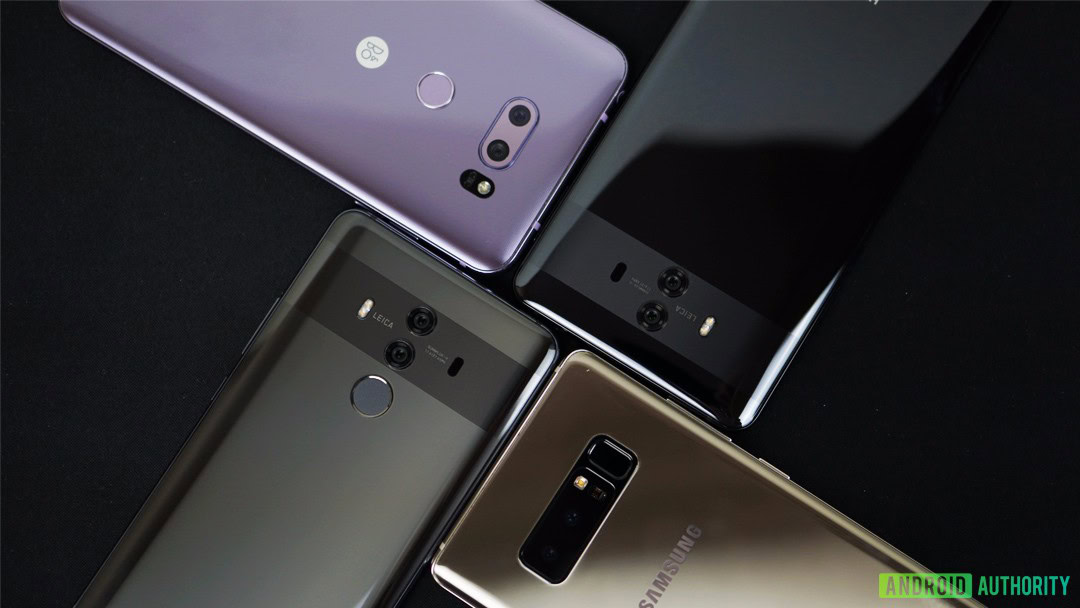
No matter how much it costs, no smartphone is perfect. That doesn’t mean it isn’t perfect for you; it just might not perfect for the person next to you. They might even think it’s junk. Standing around digital the water cooler, we at Android Authority started chatting about what can take a great smartphone, and just wipe all those good feelings away. We talked about dealbreakers.
Not surprisingly, there was a lot of variety in the “deal breaker” department. One of us would shrug at another’s “aw hell no.” Here are some of the most common deal breakers we came across.
Headphone jack
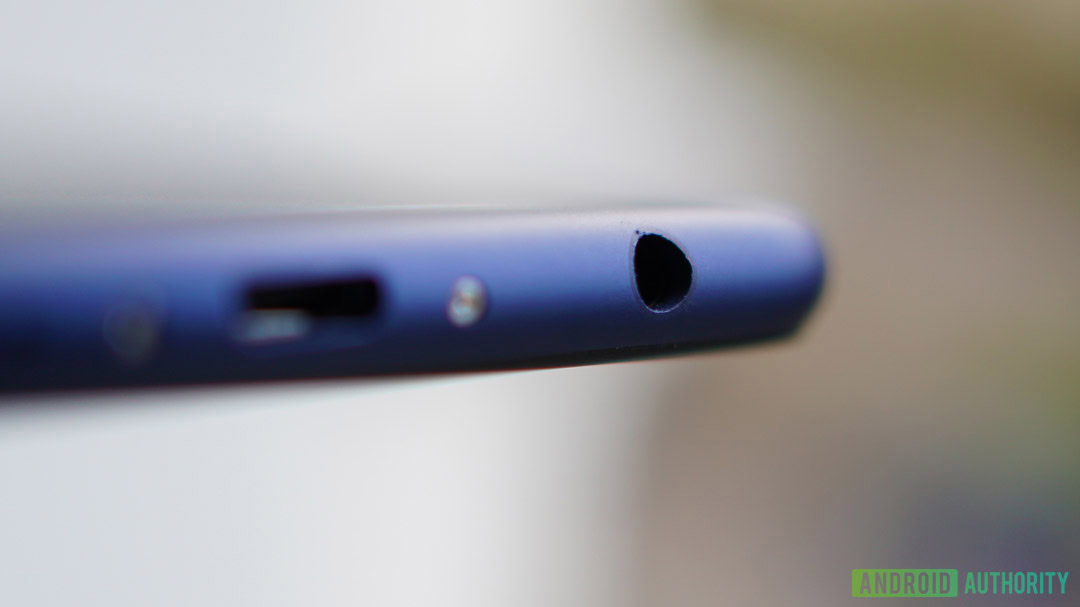
Now, the loss of the headphone jack has caused a mish-mash of half-baked solutions to fill in this gap.
The loss of the 3.5 mm headphone jack is an extremely polarizing issue. On one hand, it’s century-old tech which hasn’t really improved at all. On the other hand, there’s nothing to replace it. This issue is as divisive among our staff as it is in the smartphone populace. The other thing that we kept coming back to is standards. The 3.5 mm headphone jack was a standard among all smartphones, regardless of brand. It made things easier for everyone – smartphone makers, headphone makers, and consumers.
Now, the loss of the headphone jack has caused a mish-mash of half-baked solutions to fill the gap. There are Bluetooth headphones, USB Type-C headphones, lightning headphones, dongles, and more. You end up with a flurry of devices for a flurry of other devices – headphones that work for your phone, but not for your laptop. Headphones that work for your phone, but not your tablet.
Bluetooth can probably solve all these issues, but it comes with its own set of problems. Some can connect to only one device. Bluetooth headphones need to be charged. They’re more expensive. Actually, there’s a whole list of issues here. It’s a set of problems that we weren’t prepared to deal with – probably because we never had to. Well, now we have to and it sucks.
However, not everyone is against it.
Water resistance
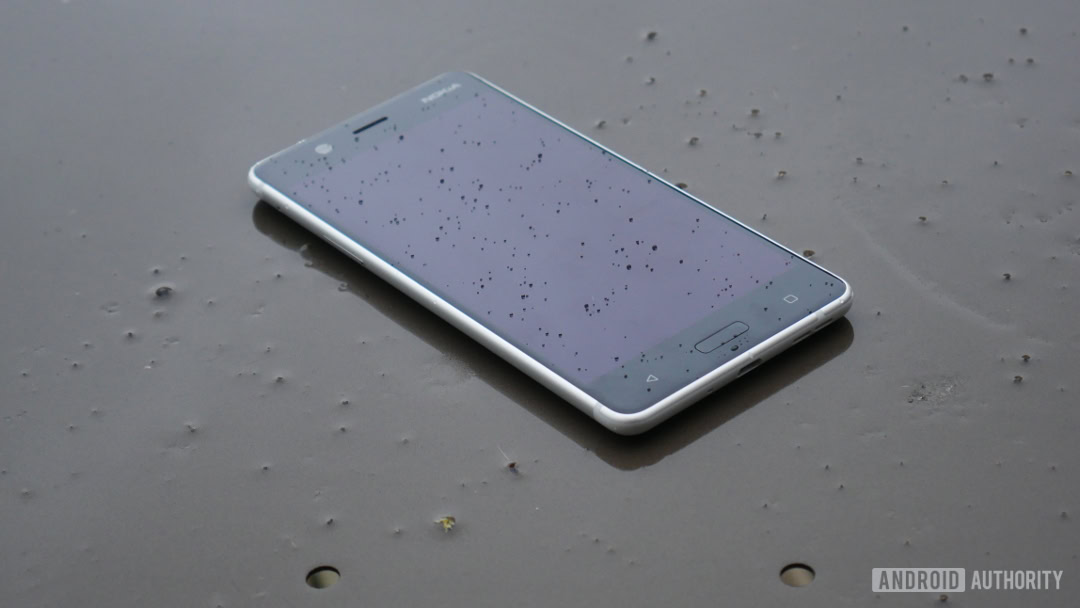
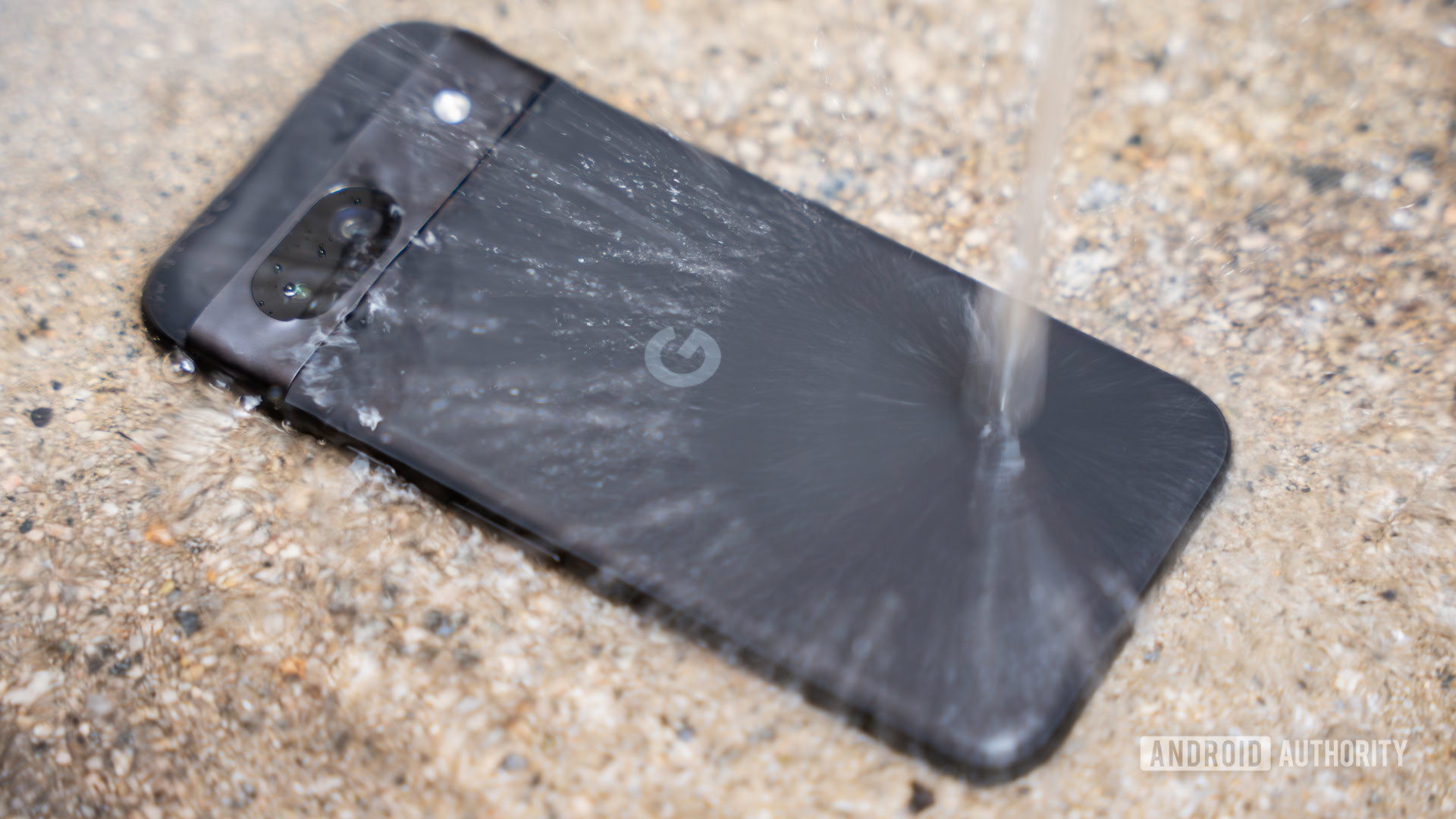
In the words of our own Florence Ion, “I’m tired of carrying around delicate flowers.” Water resistance in smartphone technology is nothing new. It’s almost old by technology standards. But some OEMs refuse to build water resistance into their phones. A consumer spends hundreds of dollars on a piece of technology and one errant raindrop completely destroys it. Hardly seems fair.
Waterproofing is hard. We get it. But even if it adds to the cost of the phone, as a certain Chinese OEM suggests, it’s worth it. The security of knowing you can spill on your phone, or drop your phone into a pool is worth a little extra money in the long run. It should be standard on any phone, especially the expensive ones.
Screen
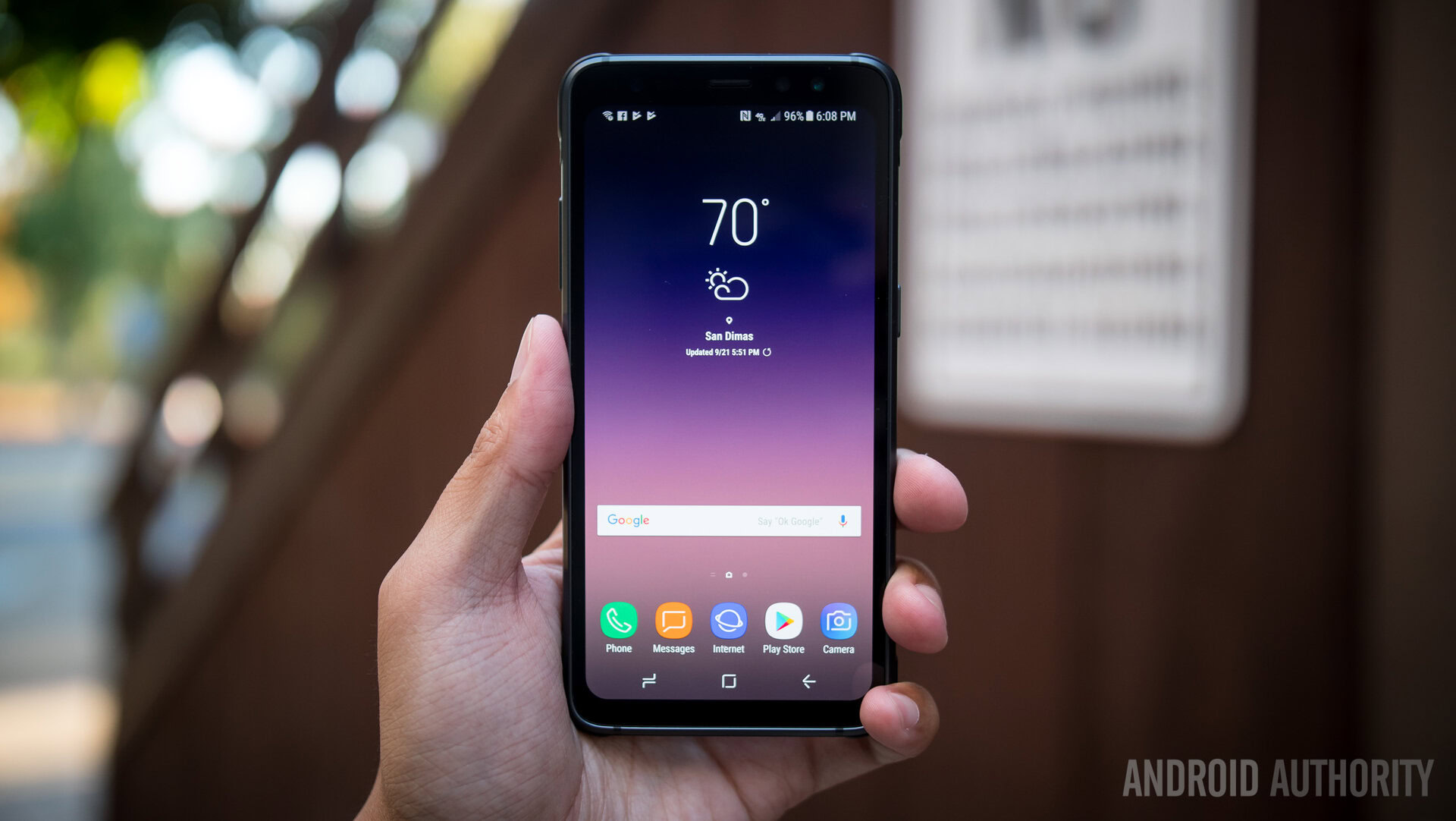
...it’s critical that every last detail of a screen is not only fundamentally sound, but exceptional.
When it comes to screens, there’s a pretty wide field of possible deal breakers. In fact, we could probably write a feature just on deal breaking screen issues. That said, the screen is arguably the most important part of the phone. It’s what you regularly look at and interact with. A quality screen is worth a lot. Apple’s iPhone X commercials show a screen that’s swirling with colors. Samsung couldn’t stop talking about its Infinity Display at the Galaxy S8 launch.
2017 was also the year of the 18:9 aspect ratio. The LG G6, Samsung’s new Galaxy phones, the OnePlus 5T, and a host of other phones all featured this format, to the extent where devices like the OnePlus 5 seem outdated. As a fan of the 18:9 aspect ratio, I can see why this could be seen as a deal breaker. Personally, I hope to never see a 16:9 aspect ratio again, but others may disagree.
Then again, isn’t it more about the screen-to-body ratio than the aspect ratio? The two seem to come hand in hand these days, so it can be easy to confuse them. Minimal bezels are a growing trend with a lot of smartphones, and everyone has a different idea on how to do them. From cutouts, to “unibrows,” to moving sensors around, the industry is still trying to figure out how to reduce bezels as much as possible. Meanwhile, other phones are marching ever forward with large bezels at the top and bottom.
For some, anything below Quad HD is a dealbreaker. For others, 1080p seems to be the benchmark, arguing the human eye can’t even see a higher resolution. Perhaps Razer is onto something with its 120 Hz display.
Software

Right after the screen, the software is the other thing you interact with most. Bad software can definitely ruin a phone experience. Whether it’s unintuitive, missing features, or just has a ton of bloatware, software can be a very sore point for consumers. For years Samsung reviews would ding the phone for having a heavy skin, or a lot of extra features that most people just turn off.
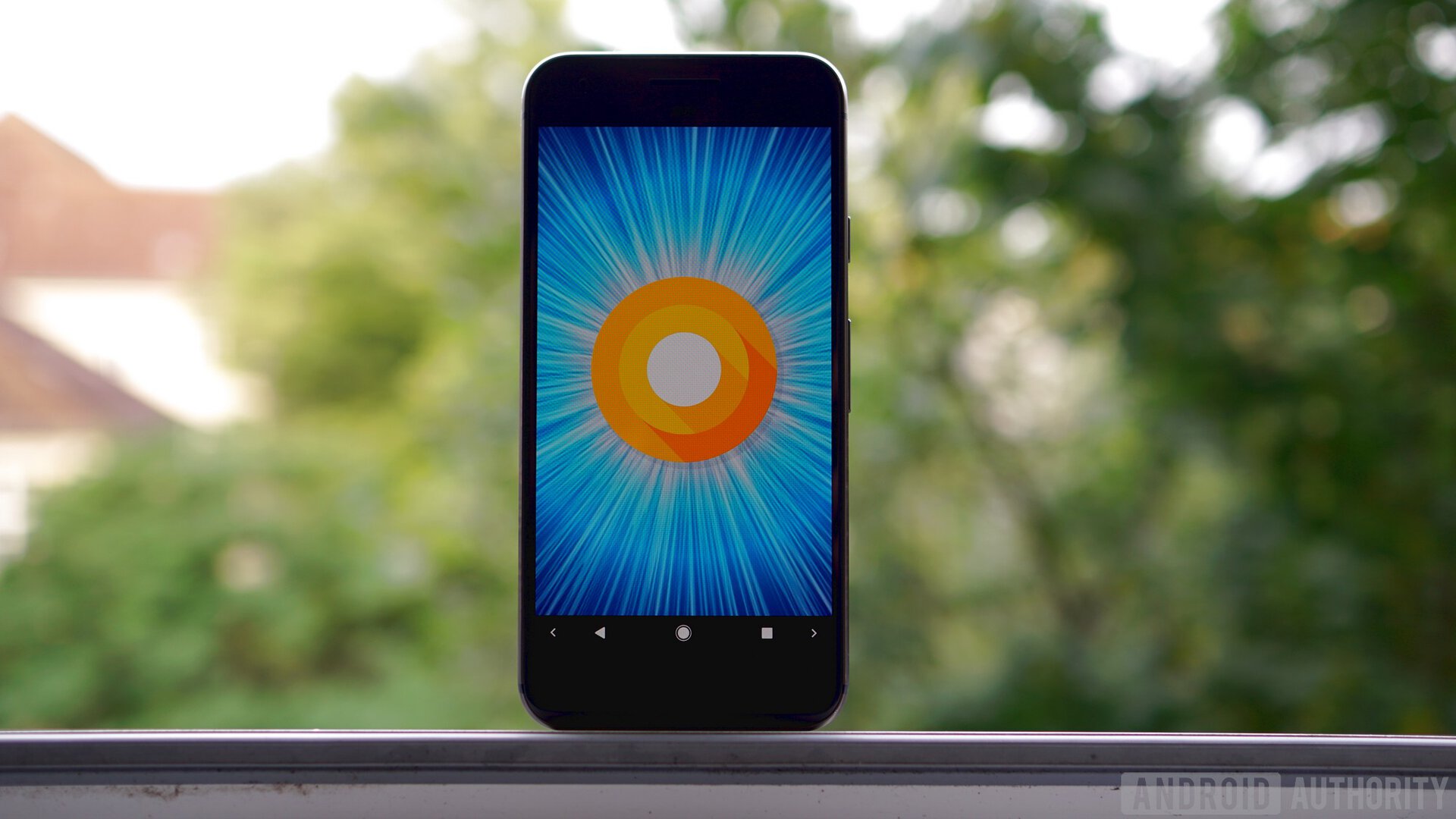
Then there are the folks who get excited over a stock Android experience. Motorola is a company that took a lot of pride in its software. In Motorola’s case, they took the stock Android experience and dressed it up in just a couple of minor ways, to the delight of fans and reviewers. Motorola has long been an example of doing software right.
A delightful software experience can make you to ignore some flaws. conversely, a bad software experience can make a user cringe every time they look at their phone.
Update frequency also came up. One of the reasons Nexus and Pixel phones are and were so popular was because of the speed and frequency of updates. With so many OEMs out there, it’s hard to keep track over who updates which phones for how long. Heck, update guarantees are some of the big selling points of the Android One program. Updates are critical in this increasingly mobile landscape and not getting them can be extremely frustrating and sometimes dangerous.
Battery life
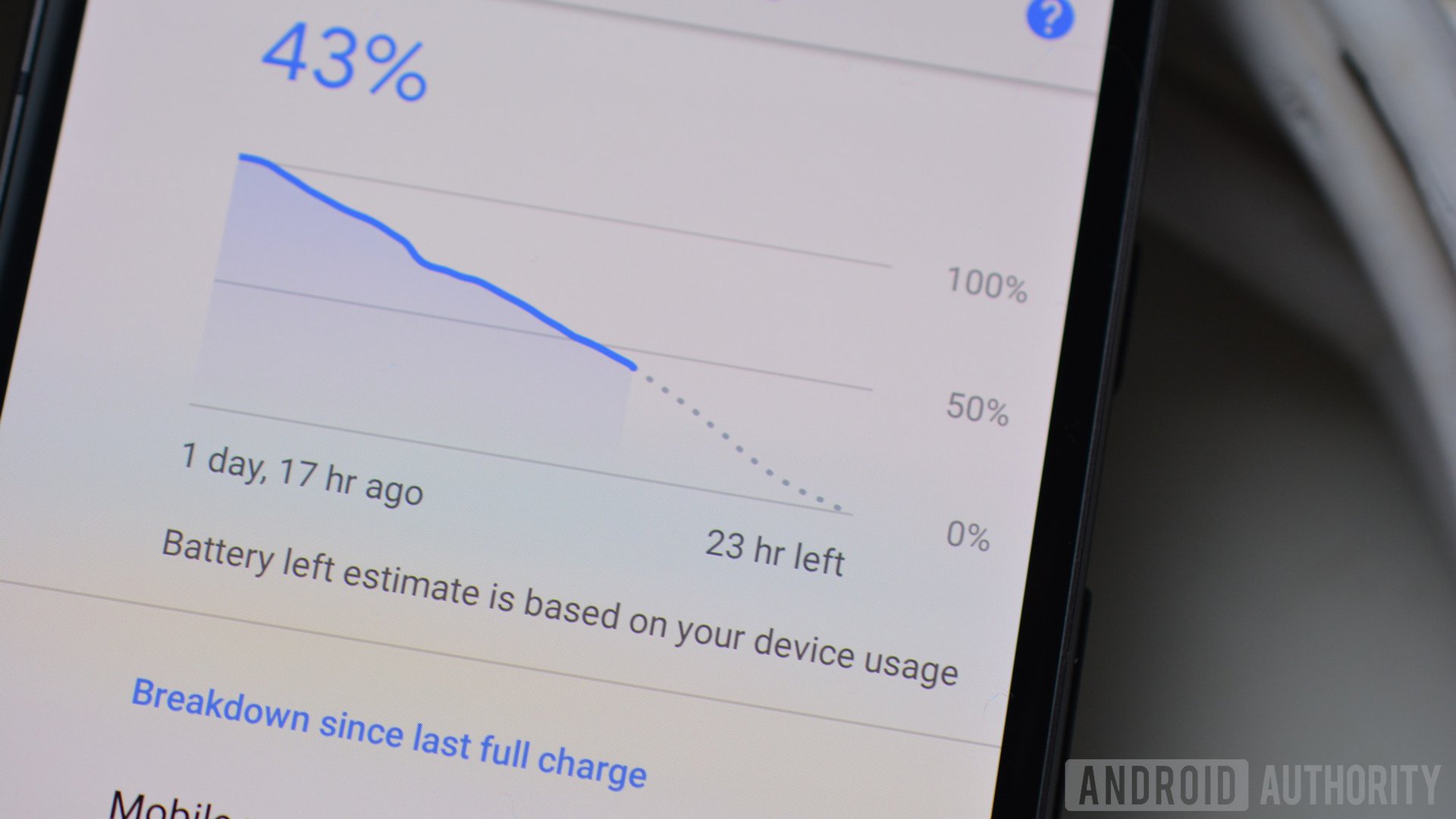
So “all day battery life” is still extremely subjective.
What’s the use of a great screen or great software, if the thing is dead by the end of the day? Battery life can be contentious. Companies like to claim “all-day battery life” without ever putting any kind of metrics behind it. Realistically, if a phone cannot last until you lay your head down to sleep at the end of the night, there’s something wrong. Even the ones that can actually make it all day probably won’t keep it up for a year. As people hold onto their phones for longer and longer, this becomes a serious issue.
Even here, some folks will disagree. Office workers can plug their phones in when they get to their desk. People can (and boy do they) carry around battery packs to get them through that last hour on the train home. Some folks will be out in the field all day, burning up that LTE antenna, rather than sitting on WiFi. “All day battery life” is still a pretty inconsistent claim. That’s why devices like the Blackberry KEYOne and Samsung Galaxy Note 8 get a lot of praise on this front— they can actually go the distance.
Camera
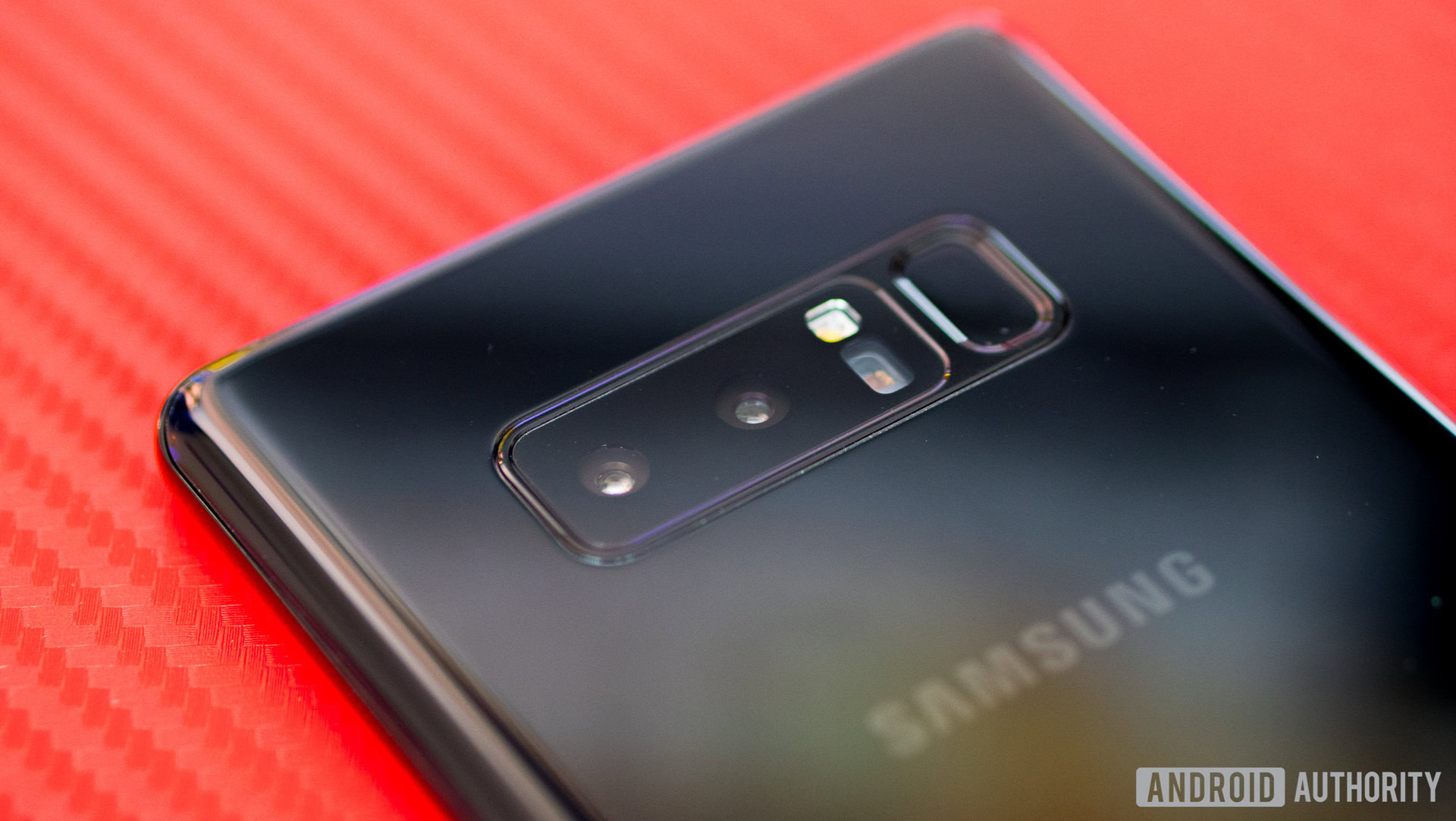
Finally, we come to a phone’s camera. It’s critically important because it’s most people’s primary camera. Point and shoot cameras aren’t completely dead, but I sure hope their 401k plans are intact. The camera on the phone is always with you. When people are snapping their memories, chances are, they’re doing it with their phones.
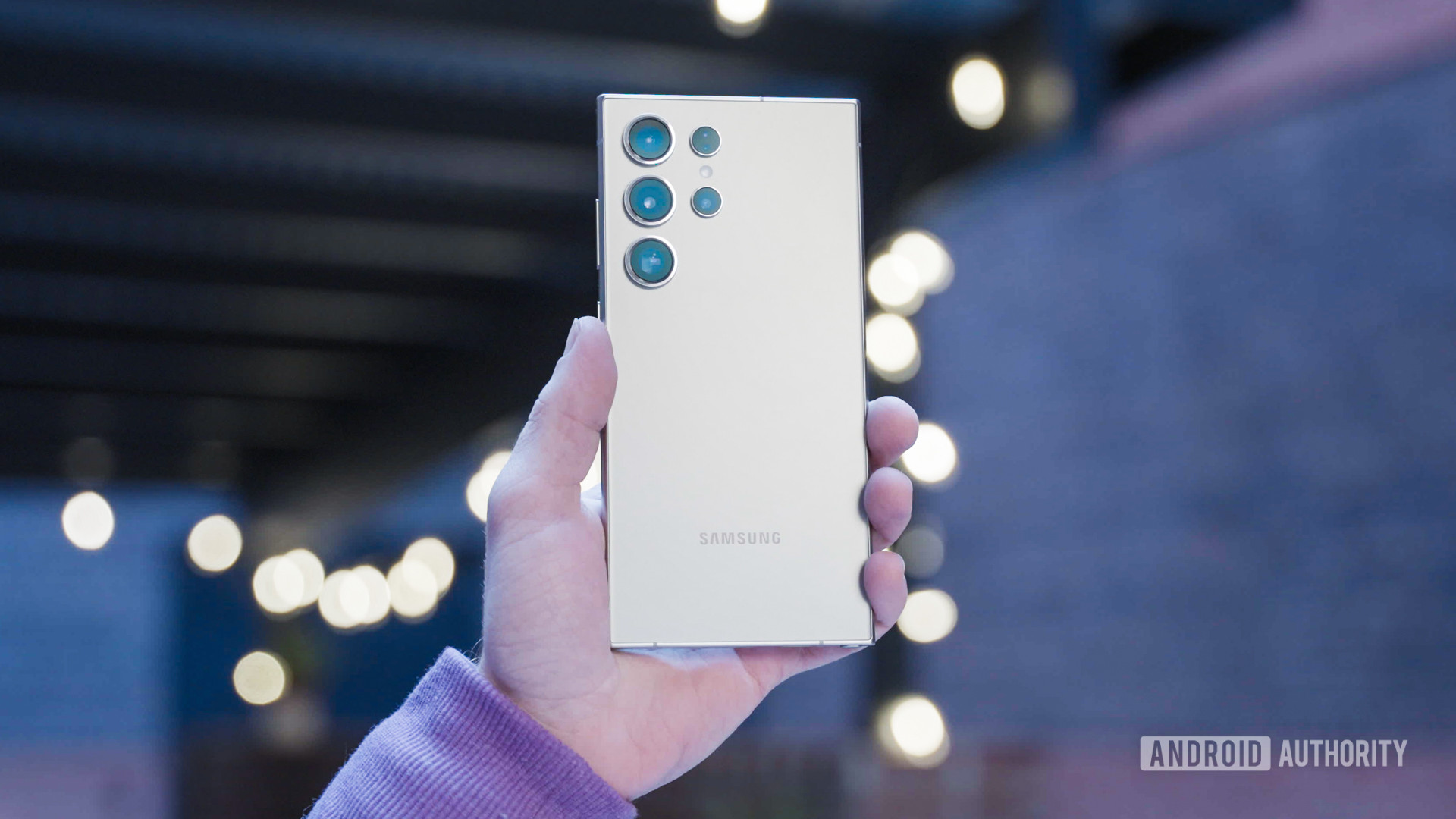
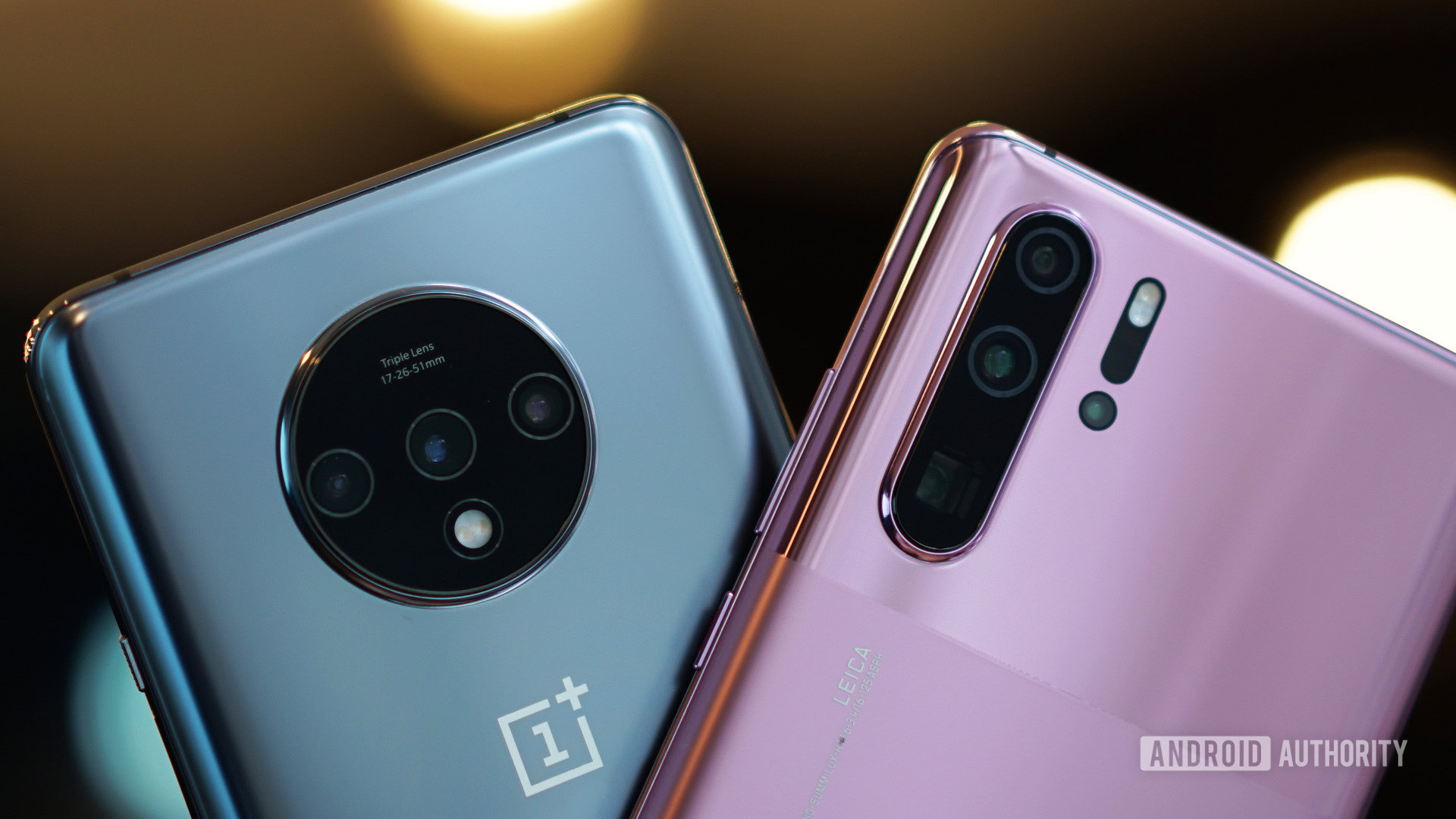
It is absolutely critical that the camera on the phone be excellent and versatile. Companies have tried different technologies to do that, adding a second camera sensor for optical zoom or sharper or wider photos. OEMs get that the camera is one of the top considerations when buying a smartphone, which makes it particularly egregious when it’s not very good.
Your turn
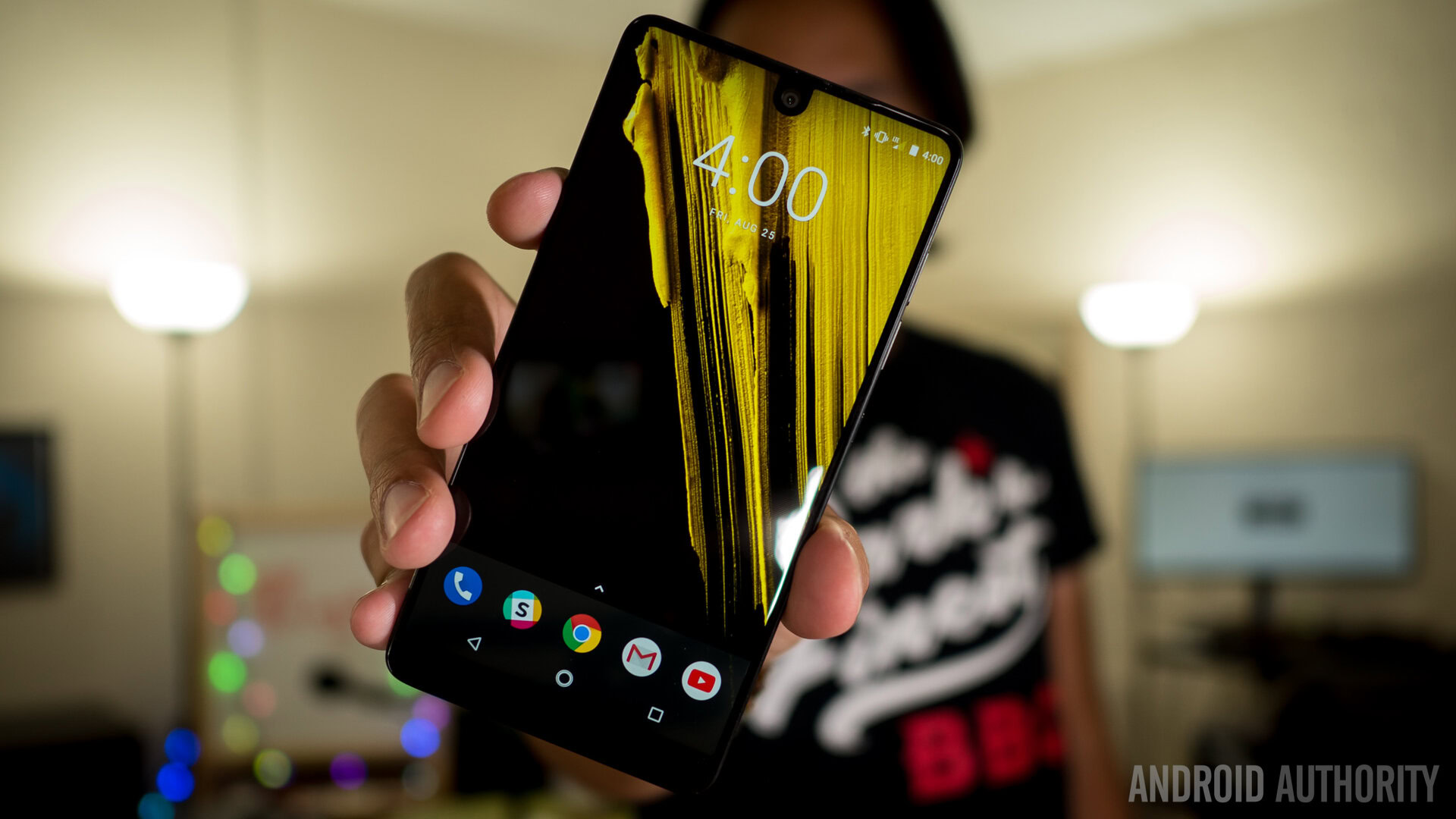
That’s what we think, but how about you? Does one of these categories in particular chap your hide? Do you look for something else entirely? What bad experience can ruin a phone for you? We’ve added a poll down below, so be sure to vote.
If we didn’t cover your pick here, let us know in the comments.